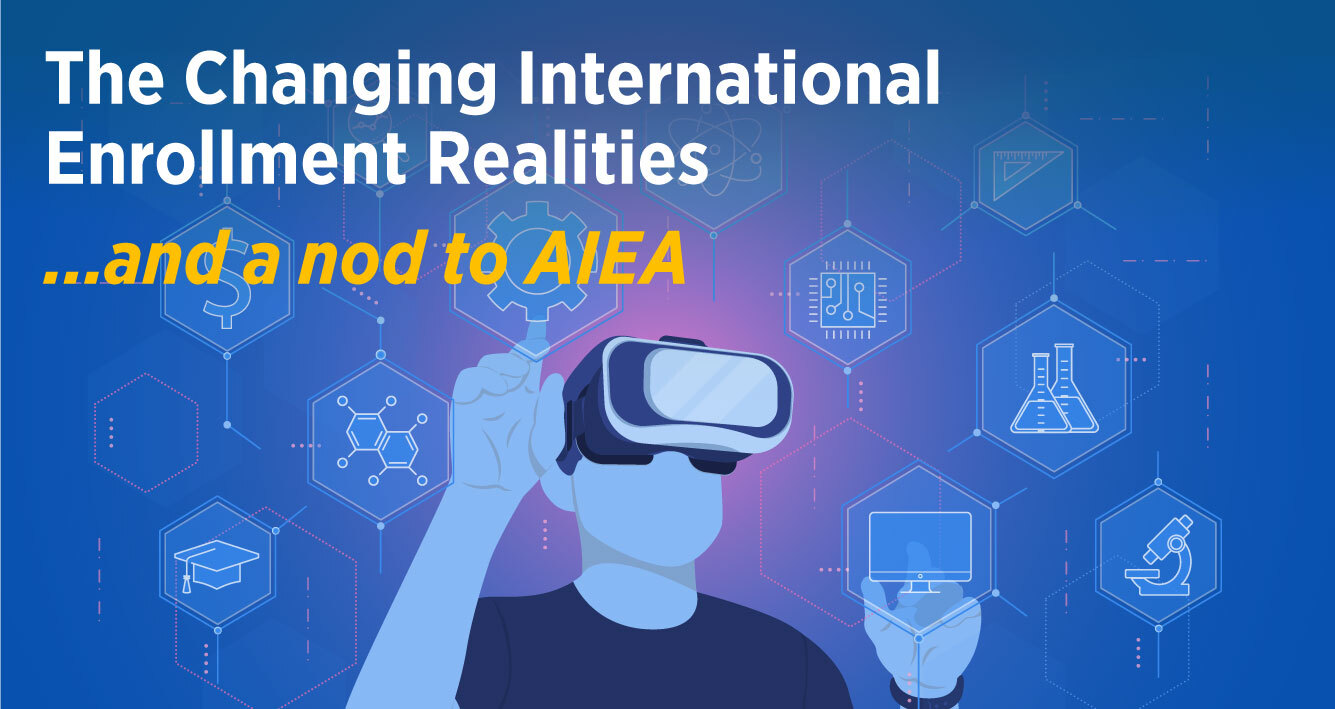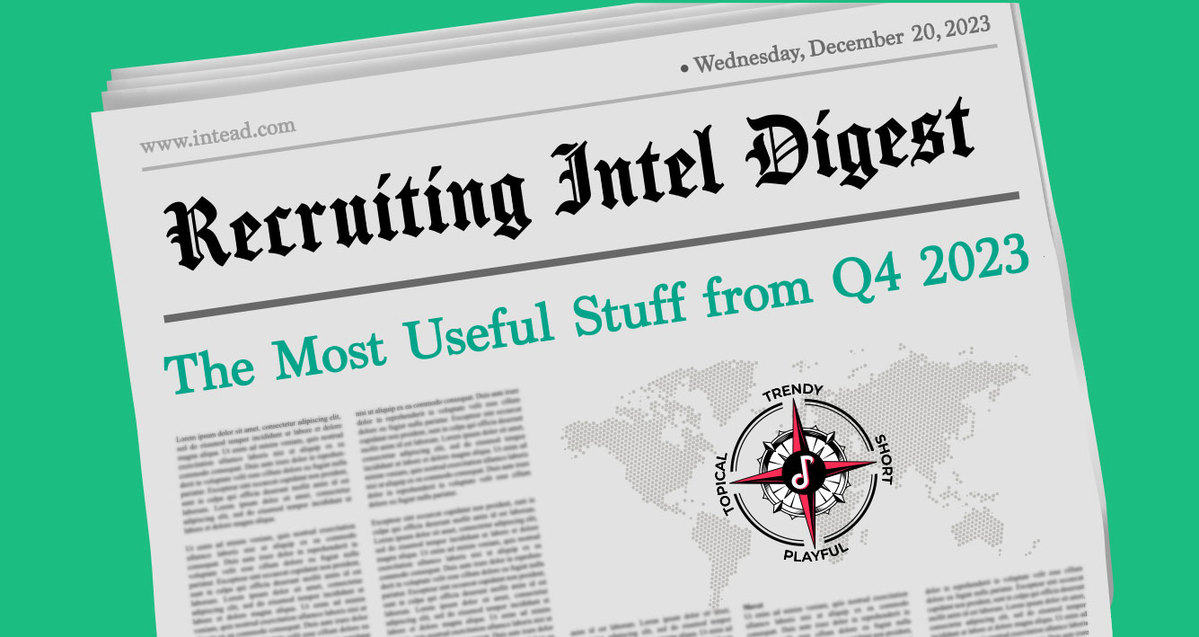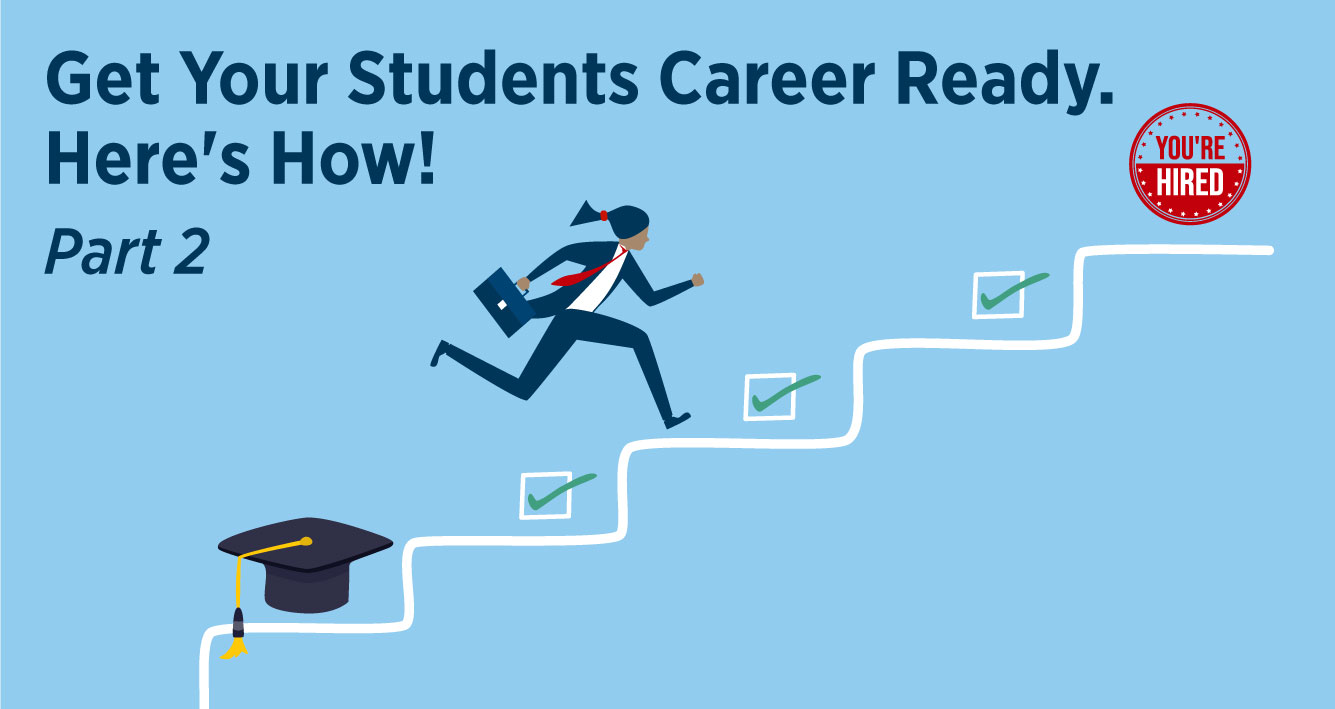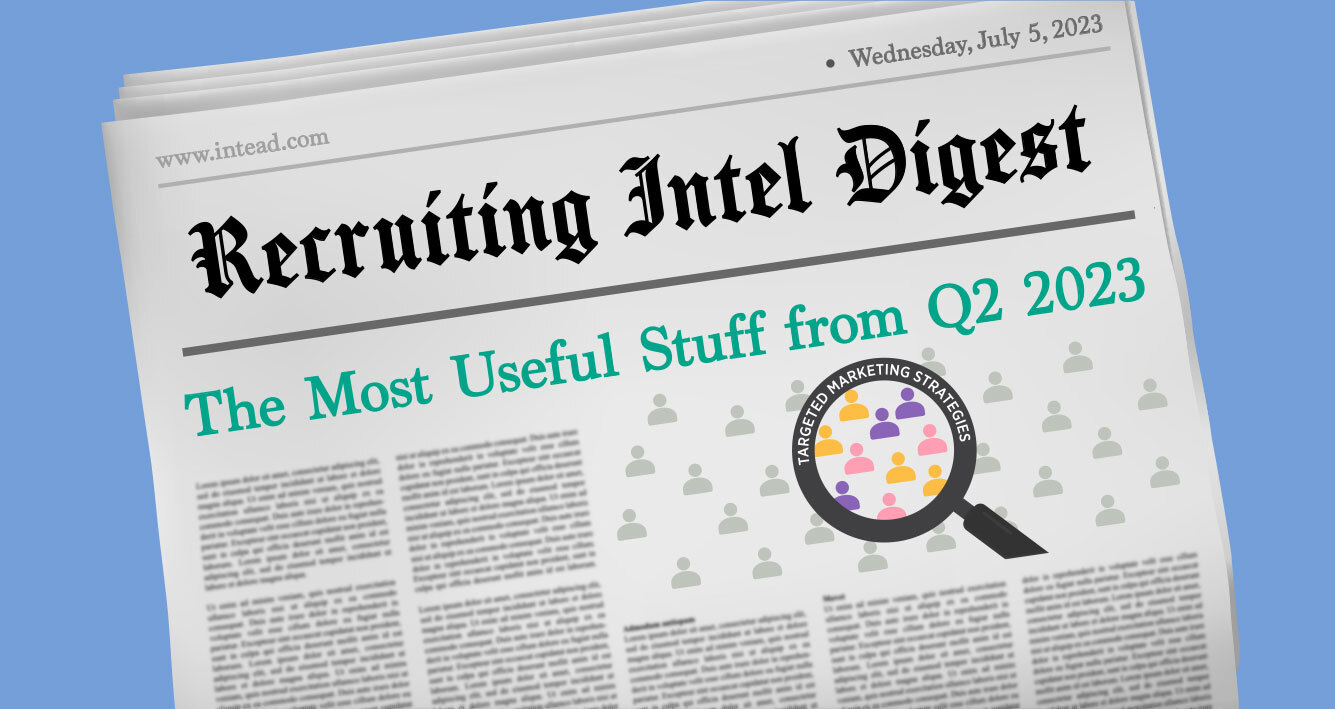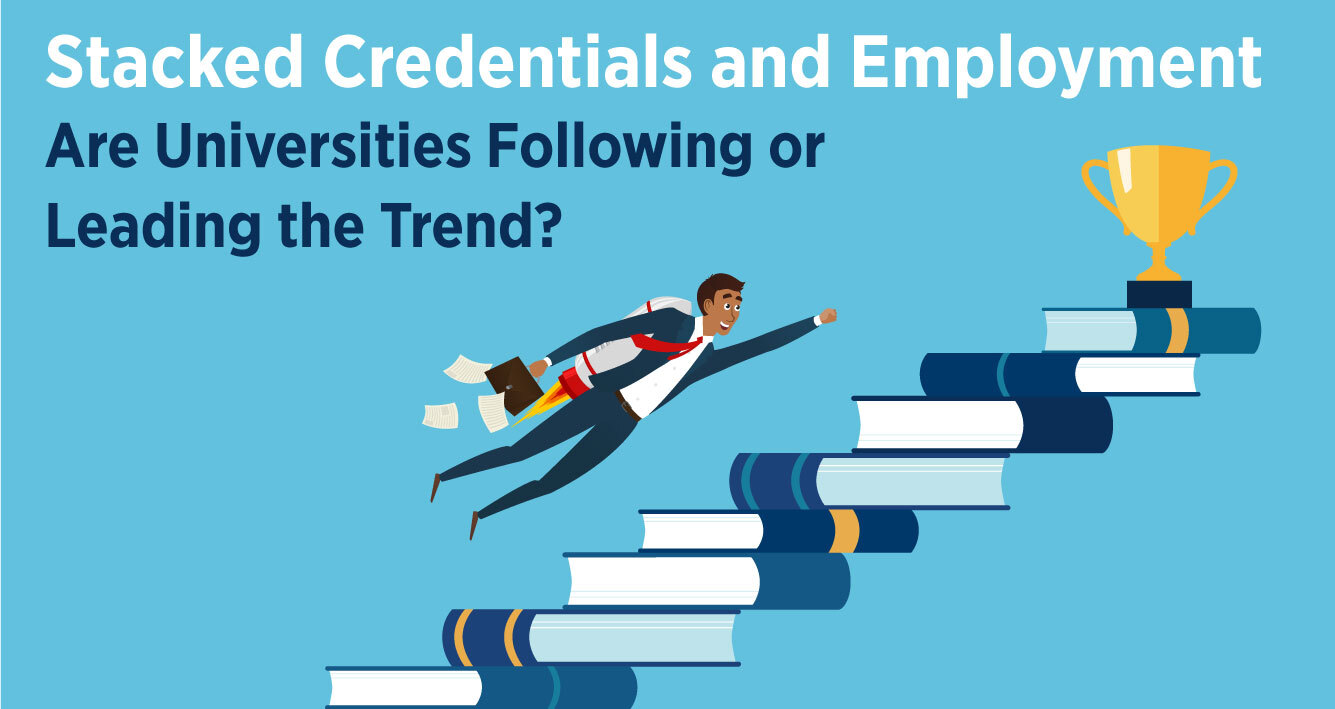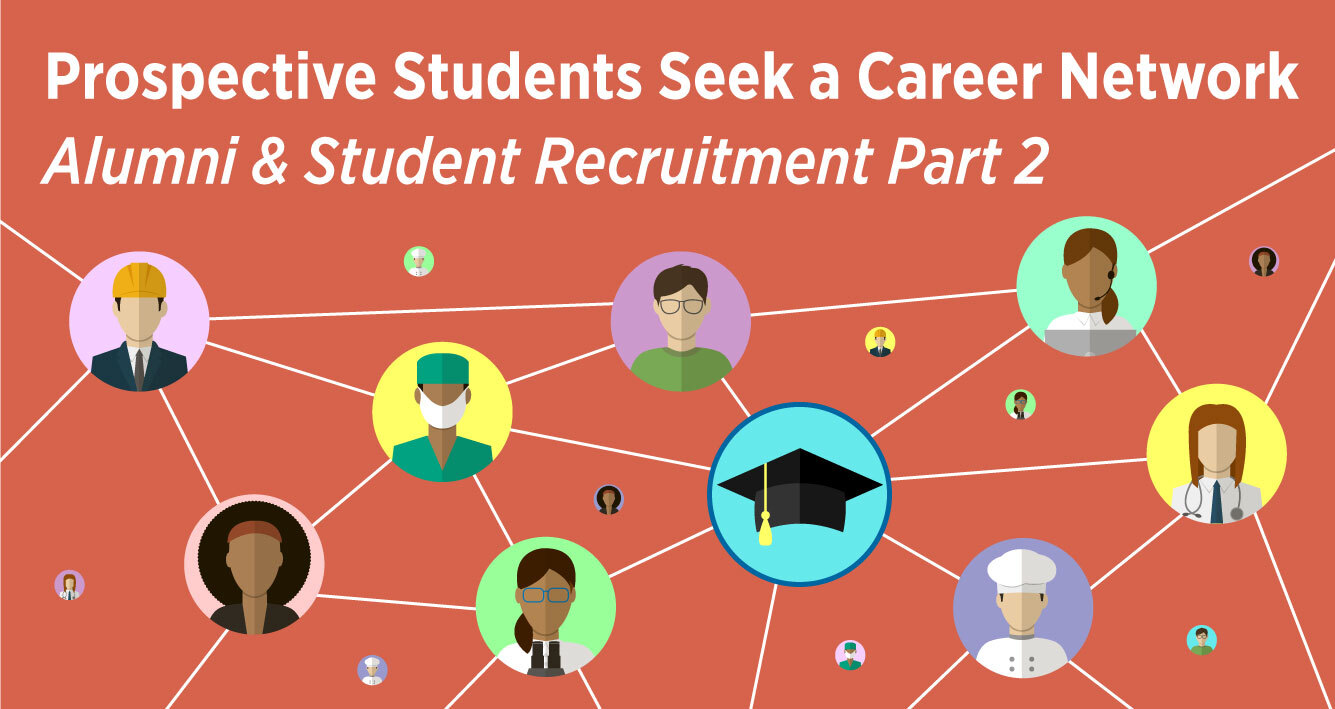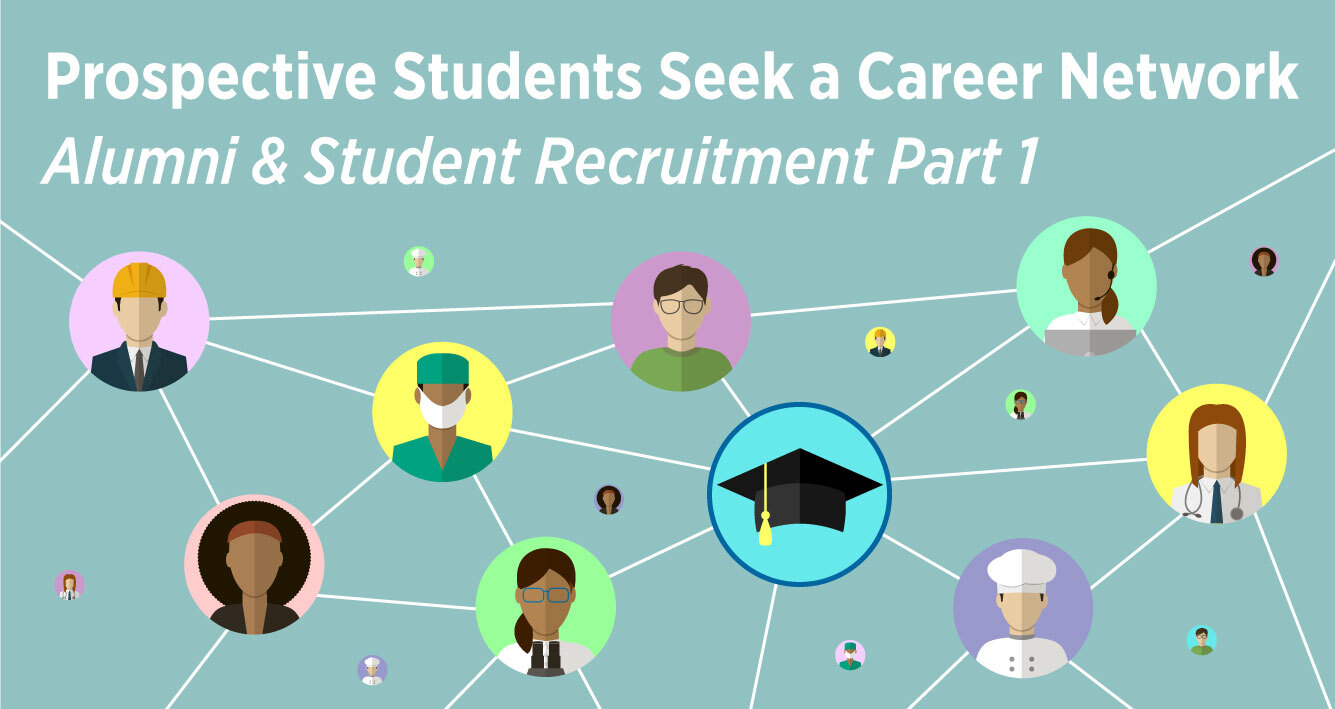A key driver for international students: the ability to gain hands-on work experience in their fields of study.
If you’re paying attention to SEVIS stats, then you already know the demand for Optional Practical Training (OPT) has been steady for years now. Its numbers show that in 2022, the US pushed through 117,301 new OPT authorizations and 64,844 new STEM OPT authorizations for F-1 students. That’s up 87% and 307% respectively in one decade.
The significant jump in the latter stat reflects improved opportunities for international STEM students. The STEM fields of study list keeps expanding and the length of stay upped in 2016 from 17-months to 24-months beyond the first year. All really good news for international students. Even better news for institutions like yours that recruit and support the students as well as employers like us who get to tap into their skills and drive. (Coming soon: A post about the journey of two of Intead’s very own and ambitious STEM OPT team members. Stay tuned!)
The STEM OPT and how it plays out for international student recruitment and retention will be a big part of what we will be addressing head on next week at the AIEA conference in Washington, D.C.
AIEA Is On! So many opportunities for idea exchange and learning.
If you’ll be there (and we know many of you will be), sit in on our session, The View as a Data Analyst: International Enrollment Realities, on Feb. 19 at 10 a.m. featuring:
- Dr. Michael Wilhelm, Associate Provost for Global Partnerships and International Education at University of North Carolina Wilmington
- Dr. Khald Aboalayon, Academic Program Director, MS Data Analytics, SPS at Clark University
- Iliana Joaquin, Intead’s Senior Digital Marketing Manager
Other sessions with Ben and Iliana will cover a range of important topics including global digital marketing, international alumni engagement, AI and enrollment management, and a fave: being an entrepreneur in a bureaucratic environment.
While tapping into the STEM OPT student audience is not without its downstream hurdles (the not-so-small undertaking of building appropriate programs, training faculty, and developing employer connections come to mind), doing so feels like a no-brainer.
We know your prospective students are eager to earn a quality degree and build a career. So, if your academics align with their goals, then you’ve already got their interest. Studies also show international students vying for STEM OPT are more likely to complete their degrees – fabulous on many levels. We’ll be diving much deeper into this topic later in the year. We’ll keep you posted. But you get the idea.
The question now: how do you get them to your campus? Read on for the actionable insights…
Read More
